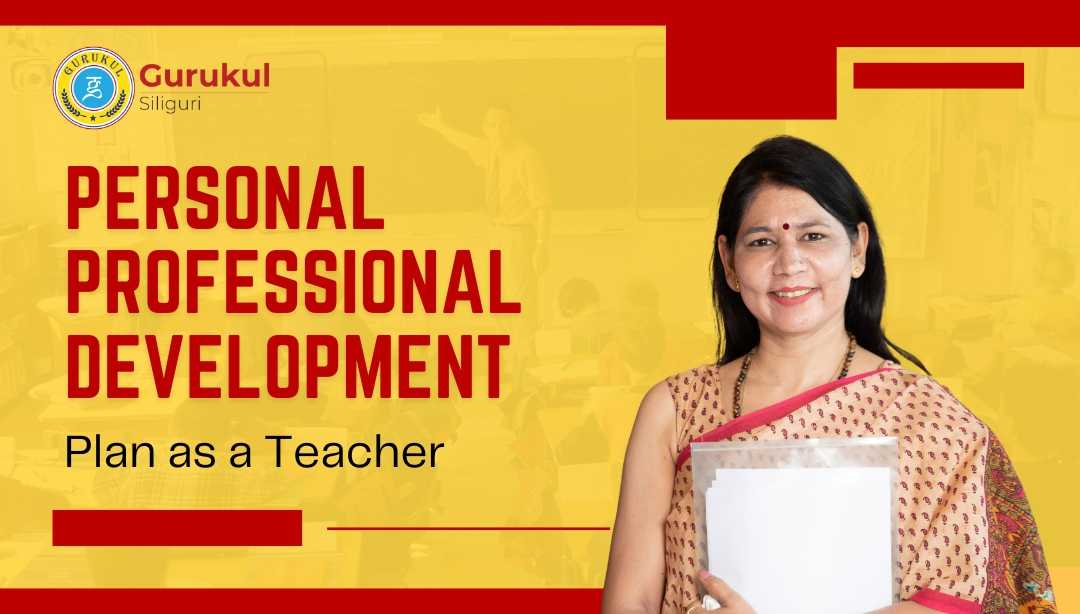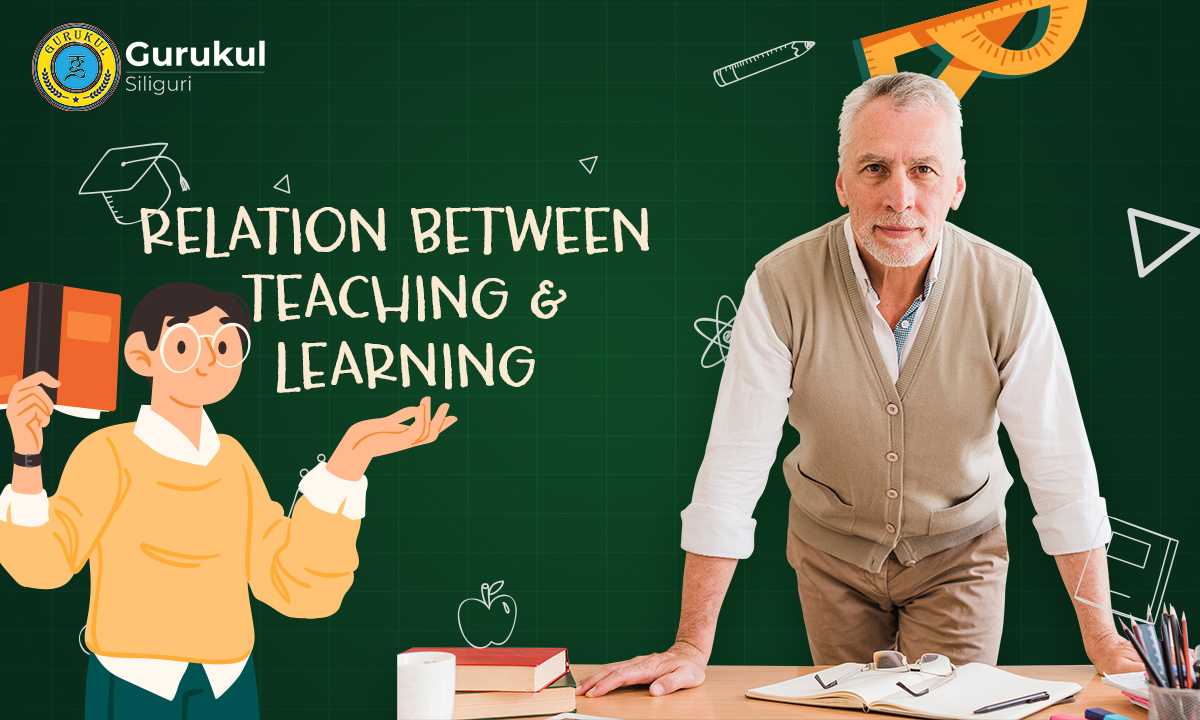Teaching and learning are two sides of the same coin in education. They are interconnected processes, one nurturing the other, and together they shape how knowledge is passed on, absorbed, and applied. Whether in formal settings such as schools and universities or informal contexts like workshops and daily life experiences, teaching and learning share a dynamic relationship that significantly impacts individual growth, societal development, and the broader human experience.
Teaching as a Catalyst for Learning
At its core, teaching is the process of imparting knowledge, skills, or values from one individual to another. However, it’s not simply about the transmission of facts. Effective teaching requires understanding the learner’s needs, recognizing their strengths, and addressing their weaknesses. It involves creating a conducive environment where learners feel motivated to engage and explore.
In the traditional sense, teachers are the experts who pass knowledge to students. However, as education has evolved, teaching has become more learner-centric, focusing on enabling students to discover knowledge on their own rather than being passive recipients. This is especially evident in modern teaching approaches such as constructivism, which emphasizes active learning through exploration, discussion, and collaboration.
One of the most critical roles of teaching is to inspire curiosity. A great teacher doesn't just deliver information but instills a passion for learning. Teachers act as the bridge between information and application, helping learners understand how to apply knowledge in real-world situations.
Learning: The Active Pursuit of Knowledge
Learning, on the other hand, is the process of acquiring knowledge, skills, behaviours, and attitudes. It is inherently active, requiring the learner’s participation, curiosity, and engagement. Learning is not restricted to academic environments; it happens throughout life. Every experience—whether formal education, personal projects, or life’s challenges—contributes to a person’s learning journey.
Furthermore, learning isn't a one-size-fits-all model. People learn in various ways—visually, auditory, kinesthetically, or through a combination of these methods. Recognizing this diversity is crucial in teaching, as it allows educators to tailor their methods to different learning styles, enhancing the overall effectiveness of their instruction.
How Teaching and Learning Influence Each Other
One of the essential aspects of the teaching-learning relationship is the feedback loop. Teachers learn from their students just as much as students learn from their teachers. The classroom is not a one-way street. Through interactions, teachers gain insight into the effectiveness of their methods, the challenges students face, and the areas where further clarification is needed.
This reciprocal process allows for continuous improvement. Teachers who actively reflect on their practice and adapt based on student feedback become more effective educators. Similarly, learners who actively engage with the material, ask questions, and provide feedback create a more enriched learning environment, not just for themselves but for their peers as well.
Moreover, the process of teaching can deepen the teacher's own understanding of the subject. As the saying goes, “The best way to learn something is to teach it.” When teachers explain concepts to others, they are forced to clarify their thoughts, simplify complex ideas, and approach the material from different perspectives. This often leads to a more profound grasp of the subject matter.
Read More Article: Life After B.Ed Career Opportunities You Need to Know
The Role of Technology in Teaching and Learning
In recent years, technology has become a pivotal force in reshaping the teaching and learning dynamic. Digital platforms, online courses, and virtual classrooms have made education more accessible than ever before. Students can learn at their own pace, revisit lessons, and access a wealth of resources that complement traditional teaching methods.
For teachers, technology offers new ways to engage students, assess progress, and tailor instruction to meet individual needs. Interactive tools like videos, quizzes, and simulations make learning more engaging and help students apply concepts in practical, real-world scenarios. Learning management systems (LMS) also enable teachers to monitor student progress, identify areas of improvement, and provide personalized feedback.
However, while technology has its benefits, it’s essential to remember that it is a tool, not a substitute for quality teaching. The human element of education—empathy, motivation, and interpersonal interaction—remains crucial in fostering a genuine connection between teaching and learning. Technology should enhance the teaching-learning experience, not replace the teacher’s role.
Lifelong Learning
The teaching and learning relationship extends far beyond the classroom. In today’s rapidly changing world, the concept of lifelong learning has gained prominence. Both teachers and learners must adopt a mind set of continuous growth and development, staying adaptable and open to new knowledge.
Lifelong learning isn't restricted to formal education; it is about continually seeking out opportunities for growth, whether in one’s personal or professional life. In this context, everyone becomes both a teacher and a learner. For instance, professionals in any field need to stay updated with the latest advancements, often learning from their peers, mentors, or even through self-directed learning.
The ability to learn and relearn is a critical skill in the 21st century. As new technologies, industries, and challenges emerge, individuals must adapt by acquiring new skills. Teachers, too, must embrace lifelong learning to stay current with educational trends and methodologies. By doing so, they not only improve their teaching but also set an example for their students, demonstrating the value of learning throughout life.
Read More Article: The Importance of Education: Why Education Matters More Than Ever
Conclusion
The relationship between teaching and learning is symbiotic, where one feeds into the other, creating a cycle of growth and understanding. Effective teaching fosters a love for learning, while active learning drives better teaching practices. Together, they form the foundation of education, shaping not only individual knowledge but the collective wisdom of society.





